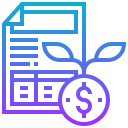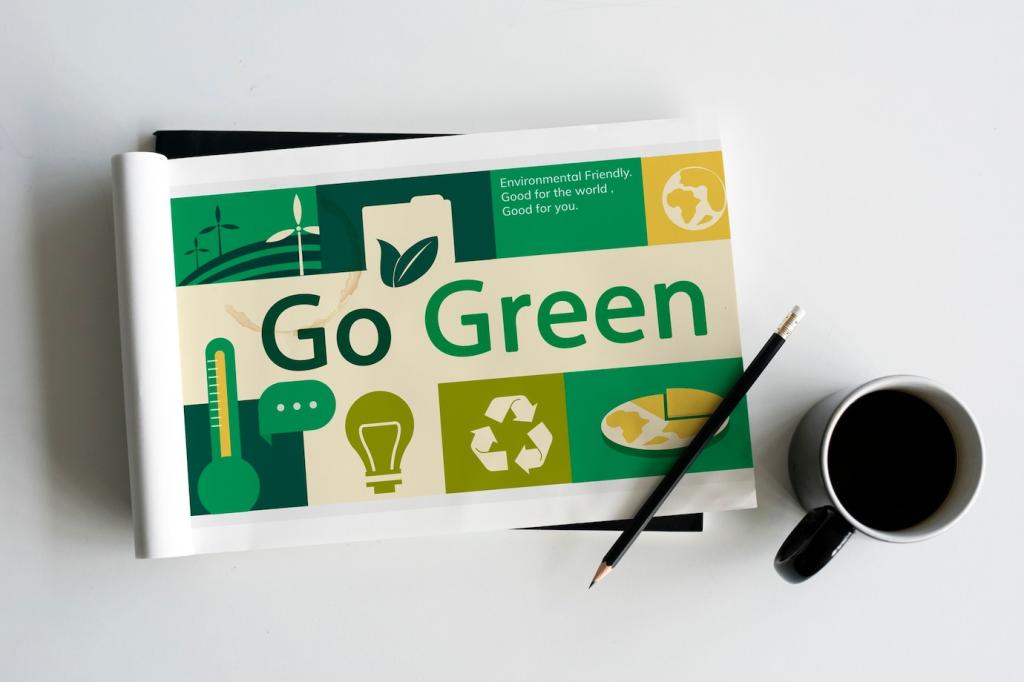Cash Flow Meets Resource Efficiency
Treat electricity, water, and waste as variable inputs. Create accounts for each and calculate intensity metrics, such as kilowatt-hours per product or per service hour. When prices spike, you will see which process needs attention rather than guessing.
Cash Flow Meets Resource Efficiency
Adopt FEFO or FIFO to minimize spoilage and write-offs. Record waste by category and cost, then spotlight the top two drivers in monthly close. Link supplier minimums and order frequency to waste trends to negotiate smarter terms.




